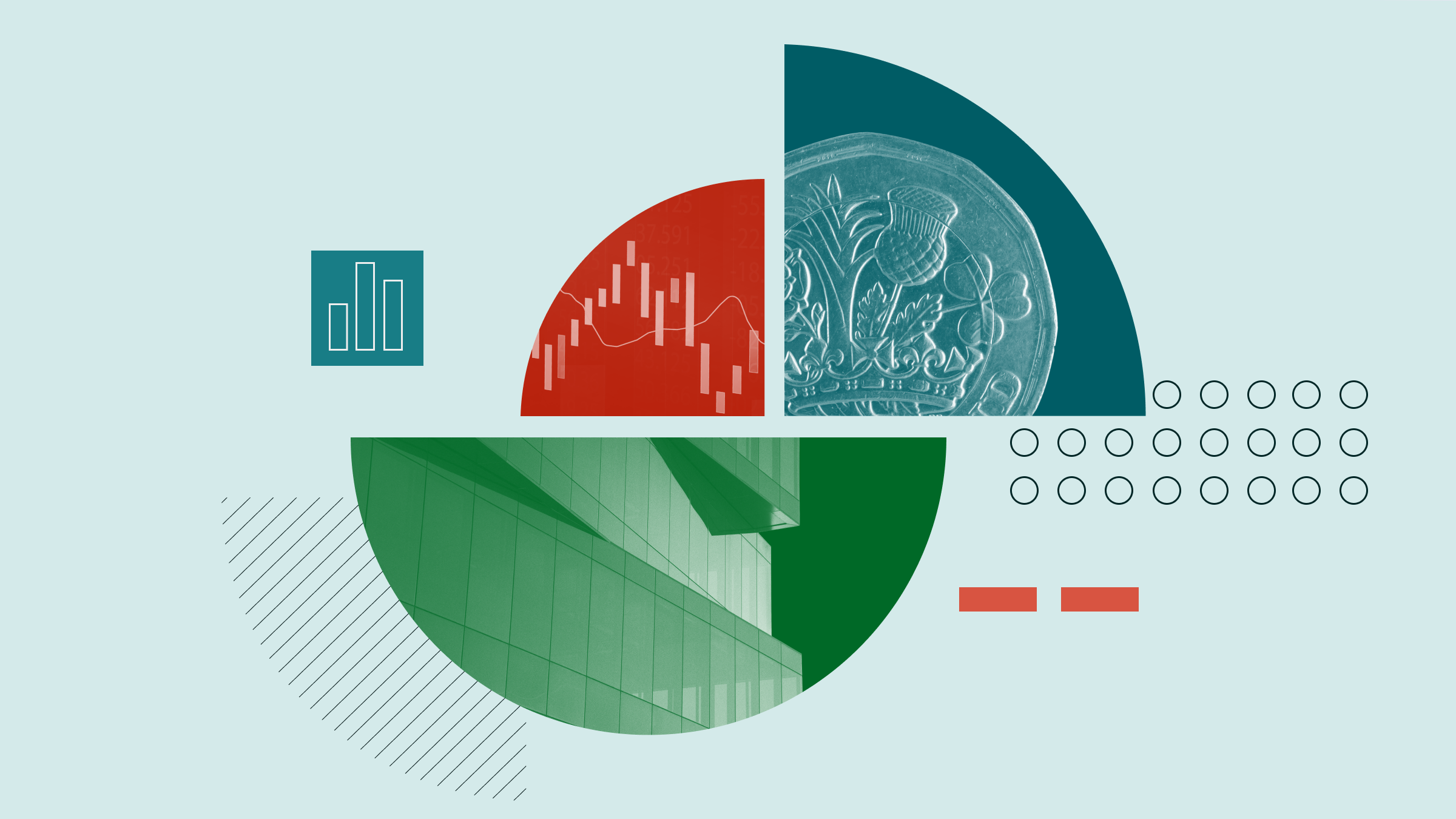Despite the impressive rally since March, it's hard to shake the sting of the downturn if your portfolio lost 40%-50% after the Lehman Brothers' collapse triggered a domino effect sending markets on a downward slide last fall.
The past year has caused many investors who witnessed startling losses to question whether their portfolios are too aggressive. Of course, you need to be aggressive enough to meet your investment goals. But are you taking on more risk than you need or than you expected? Morningstar's Instant X-Ray tool can help give you a sense of where you stand by displaying your portfolio's allocation across all asset classes and its exposure to different investment styles.
If you decide you want some extra protection for your portfolio, here are ideas to reduce volatility and keep downside in check:
1. Alter your asset mix
The most obvious, but also the most drastic route is to reduce your
stock investments and increase your position in cash and bonds. The less
of your portfolio you have in stocks and the more you have in bonds and
cash, the more sedate your portfolio's performance will likely be.
Morningstar's director of personal finance, Christine Benz, emphasises thinking about your individual timeline when determining your allocation. Put money you will need to access within one or two years in very safe liquid investments, such as cash deposits or money markets. Having money for your short-term needs in safer investments allows you to sleep better if your longer-term investments hit a bump, since you know you won't need them for some time.
If you don't want to change your overall allocation, you can still make changes within asset classes to reduce volatility.
2. Restrain your bond mix
Consider adding a short-term bond fund to your portfolio. Because the
maturity dates of short-term bonds are nearer than those of
intermediate-term bonds, short-term bonds tend to be less volatile. But
they typically yield less, as well.
You can find and compare bond funds using the Fund Screener and Fund Compare tools.
3. Tone down your equity mix
Focus the UK equity portion of your portfolio on the very largest
companies. They may not have the same growth potential as smaller
companies, but they don't have the same volatility, either. Stick with
companies whose stocks are trading at moderate prices relative to their
earnings, sales, and/or cash flows.
Also look toward dividend-paying stocks. Dividend-payers provide a cushion because a company will usually try to pay its dividend, even if its share price falls, and that dividend props up total return. Dividends won't always turn losses into gains, but they can curtail volatility.
4. Tone down your foreign holdings
Seek out large international companies that are domiciled in developed
markets, and reduce your stake in emerging markets. Take advantage of
the X-Ray feature in the Portfolio
Manager--simply register
for free to use the tool--to see your portfolio's exposure to
different investment styles, geographic regions, and sectors.
5. Look into alternatives
Consider funds that practice "alternative" strategies, many of which
fall in Morningstar's long-short category. Morningstar Analyst Nadia
Papagiannis explains that these funds use different trading strategies,
such as hedging or arbitrage, or different asset classes, such as commodity
futures, options, and currencies--with
the objective of having low correlations (usually) with the stock
market. In good times for the stock market, these funds may post small
losses, stay flat, or gain less than equities. In bad times, these funds
should either gain ground or lose substantially less than the market.
Read her full
article for more information on employing such a strategy.























